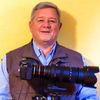Dragontown part V: A big one and some clubtails
Jan 11, 2019 00:25:12 #
It has been a while since I had last posted about dragonflies. All of these, except for the last one, came from the Magic Field. That place is home to many other species of dragonflies as well. I have been greatly aided by the book Dragonflies and Damselflies of the East by Paulson, and of course BugGuide also has its uses. It may be that I am wrong about some of the ID’s, and if so would very much appreciate help from Tony on them.
First is a large darner dragonfly which I think is new to me. It looks to be a male spatterdock darner (Rhionaeschna mutata). A more mature male will have lovely blue eyes, and it may be those that I see flying in the Magic Field from time to time.
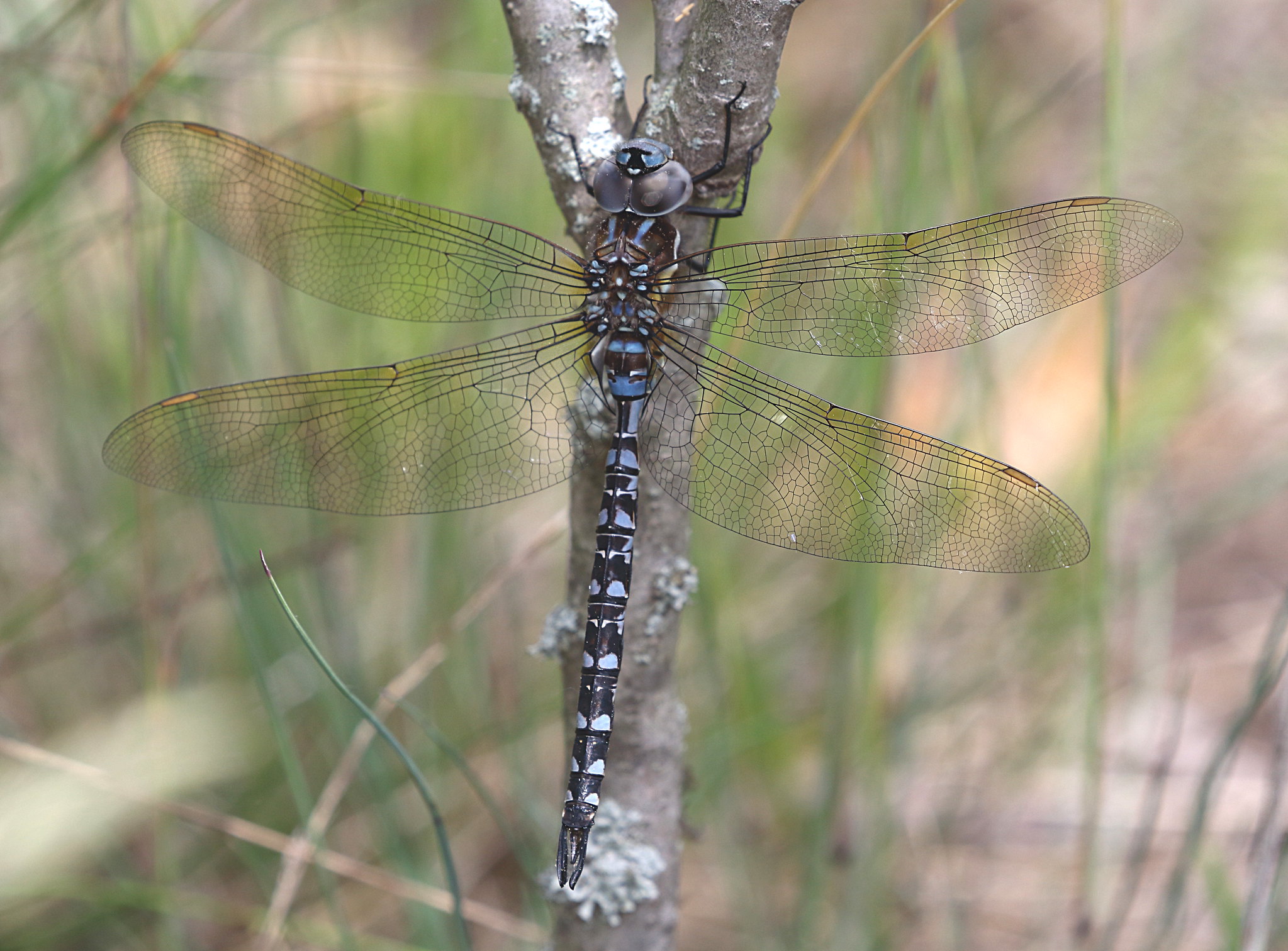 Spatterdock1 by Mark Sturtevant, on Flickr
Spatterdock1 by Mark Sturtevant, on Flickr
Next are a couple clubtail dragonflies. This seems an exceptionally large family (a large chunk of the book is on just this family), and many are hard to distinguish from each other. So here goes.
The first two appears to be a male and female lancet clubtail (Phanogomphus exilis). The female is eating what may be a robber fly.
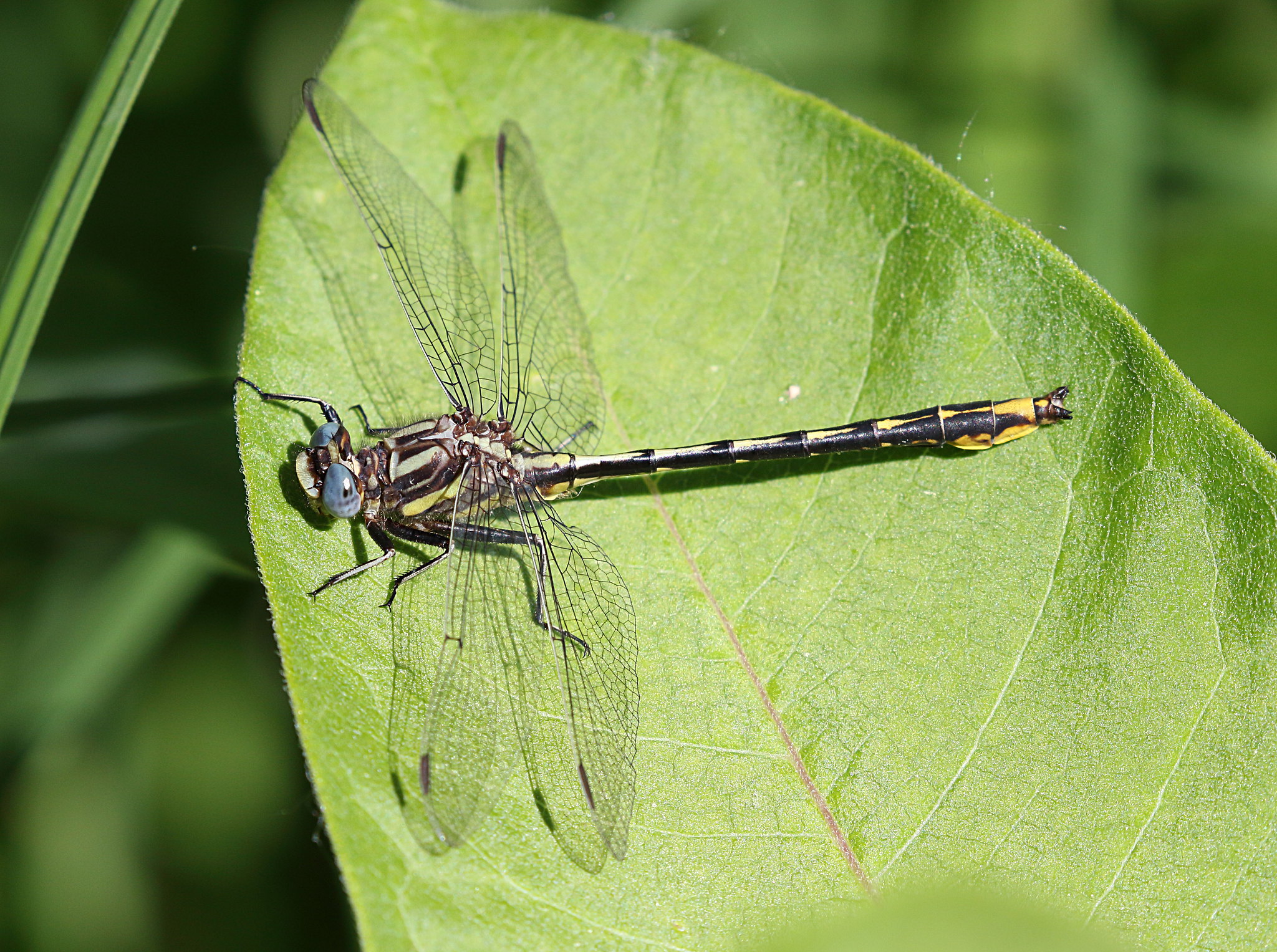 Lancet clubtail dragonfly by Mark Sturtevant, on Flickr
Lancet clubtail dragonfly by Mark Sturtevant, on Flickr
 Lancet clubtail dragonfly by Mark Sturtevant, on Flickr
Lancet clubtail dragonfly by Mark Sturtevant, on Flickr
Next is a male splendid clubtail (Gomphurus lineatifrons). The pale colors may be because it is young, but some clubtails have pale cream rather than bright yellow markings.
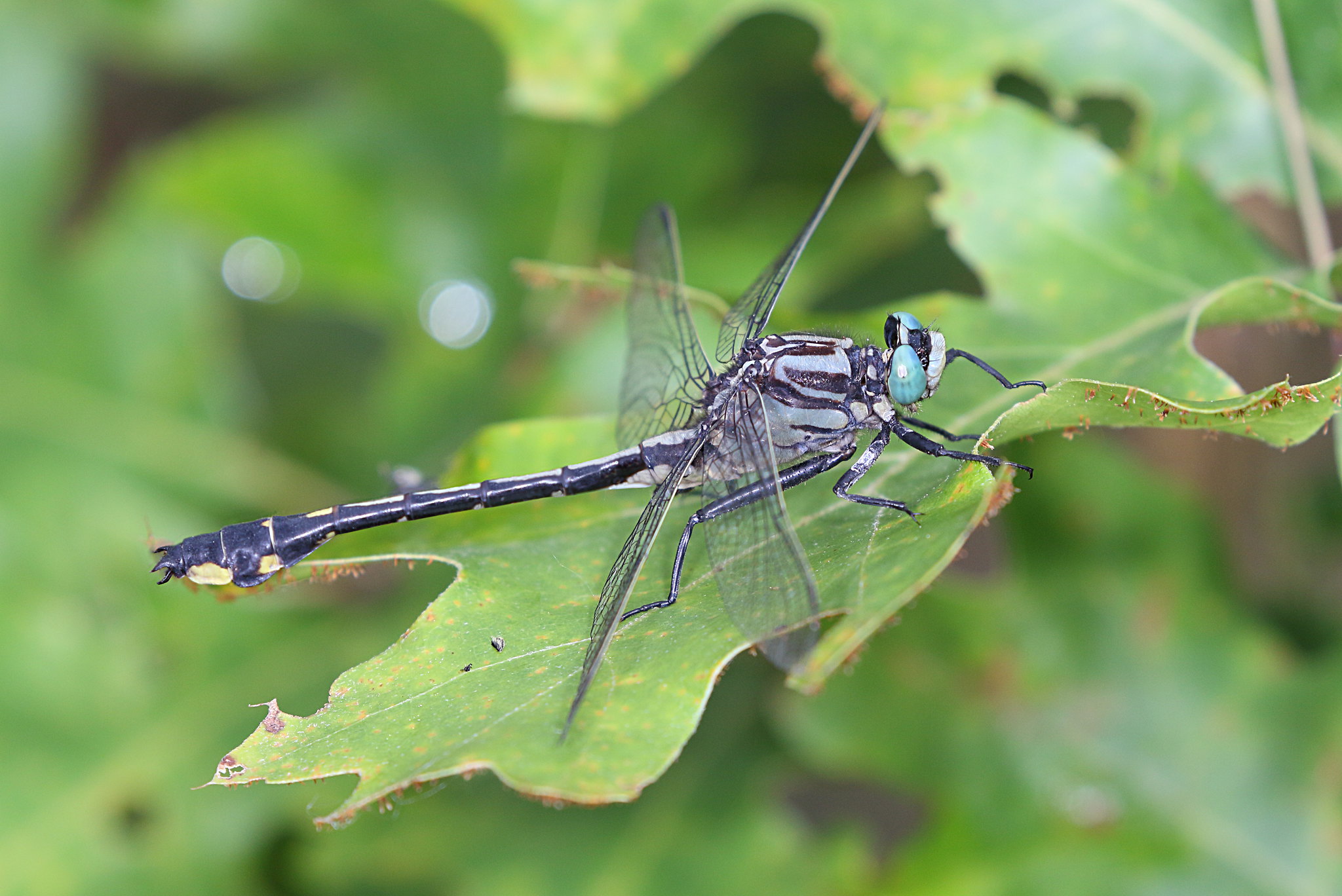 Splendid clubtail dragonfly by Mark Sturtevant, on Flickr
Splendid clubtail dragonfly by Mark Sturtevant, on Flickr
The above clubtails are common in the Magic Field. A couple other species in this family are also found there.
In closing, this is an unidentified teneral meadowhawk that seems a little shy.
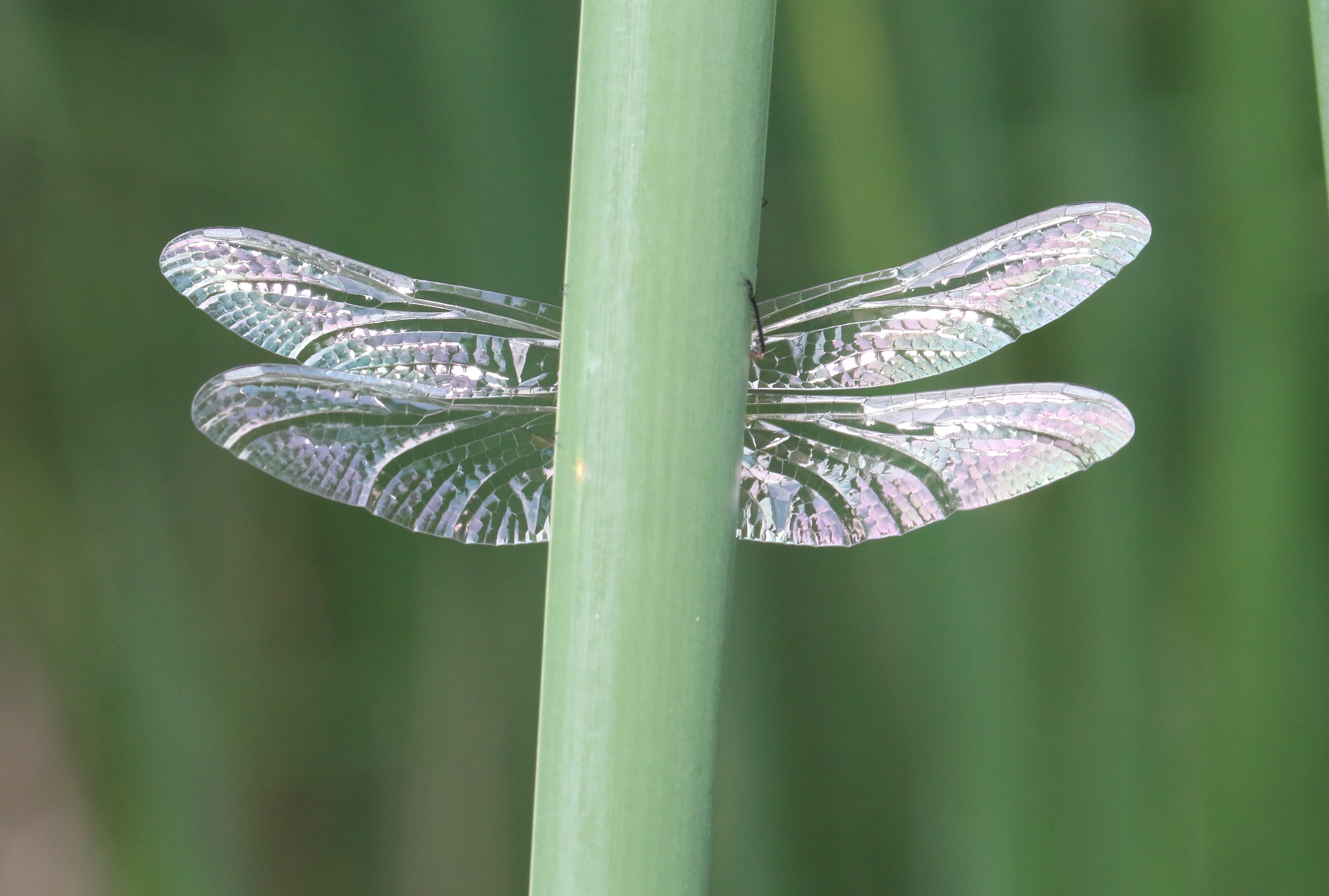 Shy dragonfly by Mark Sturtevant, on Flickr
Shy dragonfly by Mark Sturtevant, on Flickr
First is a large darner dragonfly which I think is new to me. It looks to be a male spatterdock darner (Rhionaeschna mutata). A more mature male will have lovely blue eyes, and it may be those that I see flying in the Magic Field from time to time.
 Spatterdock1 by Mark Sturtevant, on Flickr
Spatterdock1 by Mark Sturtevant, on FlickrNext are a couple clubtail dragonflies. This seems an exceptionally large family (a large chunk of the book is on just this family), and many are hard to distinguish from each other. So here goes.
The first two appears to be a male and female lancet clubtail (Phanogomphus exilis). The female is eating what may be a robber fly.
 Lancet clubtail dragonfly by Mark Sturtevant, on Flickr
Lancet clubtail dragonfly by Mark Sturtevant, on Flickr Lancet clubtail dragonfly by Mark Sturtevant, on Flickr
Lancet clubtail dragonfly by Mark Sturtevant, on FlickrNext is a male splendid clubtail (Gomphurus lineatifrons). The pale colors may be because it is young, but some clubtails have pale cream rather than bright yellow markings.
 Splendid clubtail dragonfly by Mark Sturtevant, on Flickr
Splendid clubtail dragonfly by Mark Sturtevant, on FlickrThe above clubtails are common in the Magic Field. A couple other species in this family are also found there.
In closing, this is an unidentified teneral meadowhawk that seems a little shy.
 Shy dragonfly by Mark Sturtevant, on Flickr
Shy dragonfly by Mark Sturtevant, on FlickrJan 11, 2019 01:59:16 #
Mark Sturtevant wrote:
It has been a while since I had last posted about ... (show quote)
What were you using to get these? There seems a gap in my lenses, no mid distance lens. I have tubes. I believe you use a Canon. Thanks in advance.
Bill
Jan 11, 2019 04:56:34 #
Jan 11, 2019 07:37:31 #
newtoyou wrote:
What were you using to get these? There seems a gap in my lenses, no mid distance lens. I have tubes. I believe you use a Canon. Thanks in advance.
Bill
Bill
Besides the 100mm macro (which I can quickly boost in power with a Raynox 150 diopter), I use a mid-range telephoto lens. The latter is a huge difference maker in getting pictures of dragonflies and butterflies since they generally don't want you very close. I use the Canon 100-400mm mark II. Most of my dragons are captured with the telephoto. The meadowhawk might have been taken with the macro.
All decisions have pluses and minuses. The minus of this way of doing things is that I have to change lenses several times out in the field. So far have never dropped a lens (fingers crossed and knocking on wood).
Jan 11, 2019 09:18:56 #
Jan 11, 2019 10:25:16 #
Wonderfully detailed images and details on the different dragon types!
Jan 11, 2019 14:16:12 #
Jan 11, 2019 16:51:34 #
Mark Sturtevant wrote:
Besides the 100mm macro (which I can quickly boost... (show quote)
Excellent details and images, Mark!
Jan 11, 2019 18:03:35 #
Jan 12, 2019 12:59:51 #
A crazy good set of Odes Mark. Very nice variety. Your Rhionaeschna was the target species when the DSA had t's meeting at Penn State a few years ago. It is such a beautiful species. It was a county record last summer right before I left PA. It had not been seen in the ten years of the survey and then in one week we had 3 sightings in very wide-spread locations in the county. Real fine work here Mark. I really enjoyed it. Can't help with the ID on your Sympetrum. 
-Doc

-Doc
Jan 12, 2019 14:01:24 #
Mark, what an excellent set of images and thanks for the descriptive narrative. As a fellow new to this venture I appreciate learning as much as I can.
We had nearly 12-inches of snow here yesterday and it is very grey the past few days so your series has brought a bit of warmth and brightness to me today.
We had nearly 12-inches of snow here yesterday and it is very grey the past few days so your series has brought a bit of warmth and brightness to me today.
Jan 12, 2019 14:01:42 #
Jan 12, 2019 15:10:50 #
Thank you , everybody! And I suppose my IDs are all correct, which is both encouraging and a bit unusual. Thanks, Tony!
Jan 12, 2019 15:26:05 #
Jan 13, 2019 10:03:12 #
If you want to reply, then register here. Registration is free and your account is created instantly, so you can post right away.









